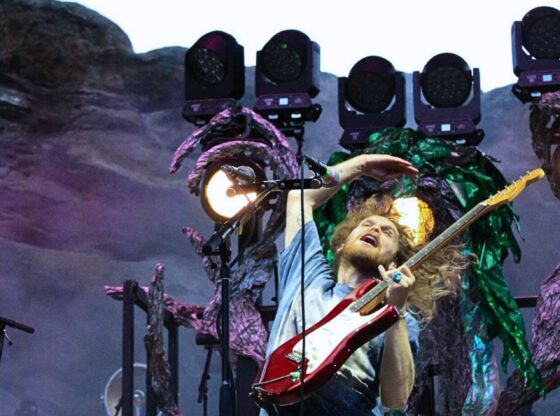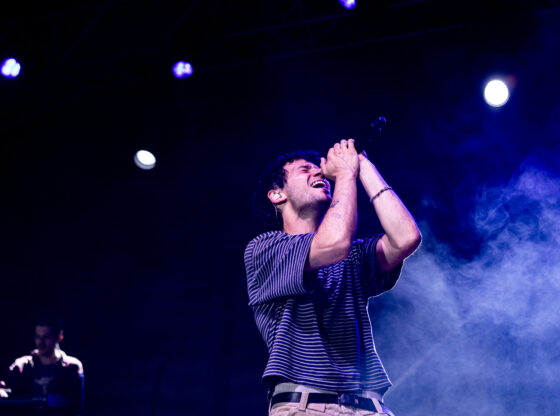For viewers wary that adapting one of the world’s best-loved musicals for the silver screen might dilute the play’s power and mystery, Joel Schumacher’s “The Phantom of the Opera” leaves nothing to be desired. The film, based on Andrew Lloyd Webber’s musical, incorporates all of the play’s best aspects and improves on some, resulting in the perfect marriage of tortured characters, extravagant sets and one of the most powerful scores of all time.
Emmy Rossum is the film’s female lead Christine Daae, a young chorus-girl in 19th century’s famous Paris Opera House who thrusts herself into the consciousness of the film’s supporting characters and into the middle of a dangerous love triangle when she lands a leading opera role.
Sixteen-year-old Rossum is mature beyond her years in her role as Christine and she masterfully brings the sexual tension between Christine and the Phantom, played by actor Gerard Butler, to new and appreciated levels.
Christine doesn’t know whether she loves or pities the Phantom and her struggle intensifies throughout the course of the film until her anxiety culminates in a dramatic dungeon scene that leaves the audience breathless.
Butler, who had no formal voice training prior to starring as the film’s most dangerous and enigmatic character, excels as the tortured and disfigured Phantom.
The film, as opposed to the play, offers more extensive background information about the man behind the mask. The play refers to a horrible accident that left a successful man’s face deformed and disfigured. However, true to Gaston Leroux’s original novel, the movie weaves the story of a child, born distorted and subsequently reviled by his mother and society. This history allows the viewer to see the Phantom as a human, as Christine does, and creates a depth of character that is lacking in the play.
Pitted against Patrick Wilson, who plays Raoul, the story’s romantic leading man and winner of Christine’s heart and hand, Butler is more cunning and delivers a performance that leaves the viewer rooting for the dungeon-dwelling murderer.
Wilson is the weakest character, and although he does have his shining and courageous moments such as the sword fight in the cemetery, the desires and candid motivations of Butler’s Phantom outweigh the snobbish softness of the film’s Raoul.
The film medium allows the viewer to travel where they physically cannot in the play. The twisted and steamy labyrinths that are under the opera house lead to an incredible underwater lake that serves as the Phantom’s frightening lair.
The diversity of the sets allow the viewer to become more deeply engaged in the story.
Traveling through time, the audience gets to know the history of the characters and alludes to a distant future when the Phantom still stalks the darkness in devotion to Christine.
The most impressive scene is “Masquerade,” where the elegant costumes, intricate setting and dangerous conflict culminate in a show that far surpasses the magnitude of that scene in the play. The collaboration between Schumacher and Webber generates an unforgettable adaptation of the 100-year-old twisted novel. Audiences will be captivated by the film’s danger, love and mystery.










